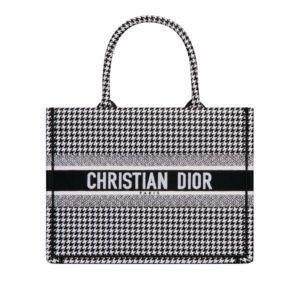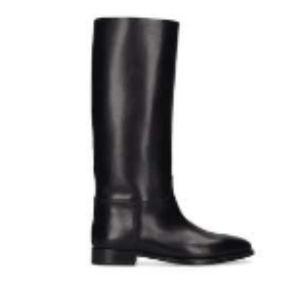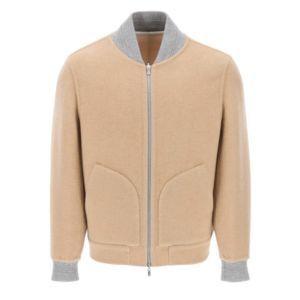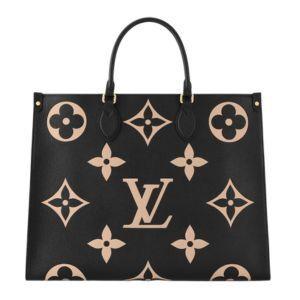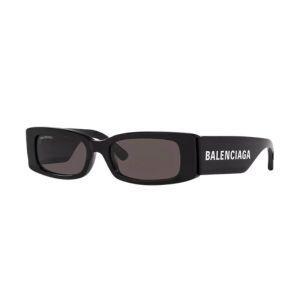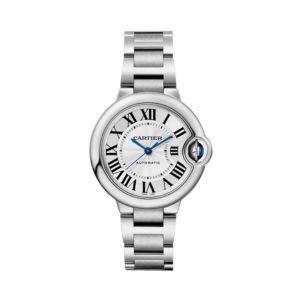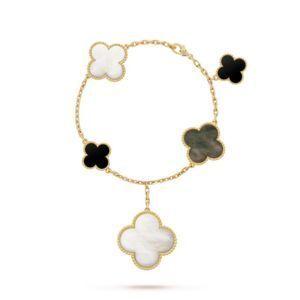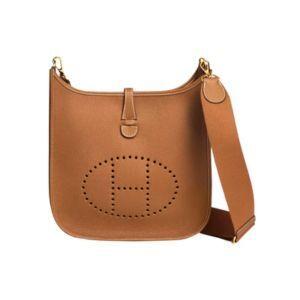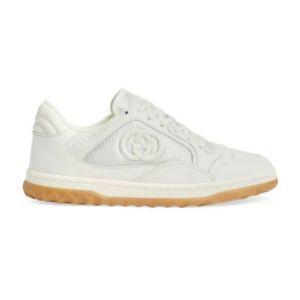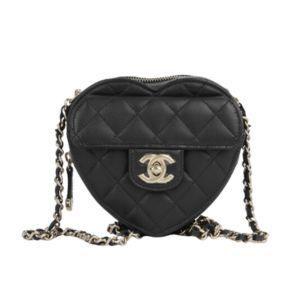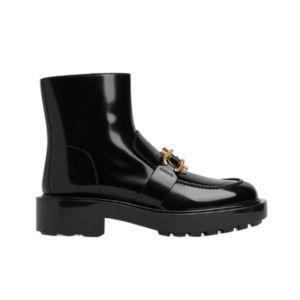
Making Luxury Last: How To Care For Investment Items
Making Luxury Last: how to care for investment items
Here at HEWI, we believe in shopping smartly and consciously – indulging in beautiful pieces designed to be loved forever, passed to future generations, or sold later as savvy investments. From fashion to fine jewellery, while luxury items are created from the finest materials and highest levels of craftsmanship, it’s still important to care for them correctly in order to extend their lifespan even further and preserve their beauty and value for years to come. Read on to discover our expert tips for making luxury last.
Jewellery, clothing and accessories should all be stored properly when not in use.
Avoid leaving luxury items in direct sunlight, as this can cause colours to fade and fabrics to weaken. Steer clear of attics, basements and damp areas. Cool, dark spaces are ideal, or even better, invest in a dehumidifier for your wardrobe to prevent excess moisture from damaging your pieces.
Delicate, embellished clothing, for example, those with lace or beading, should be wrapped carefully in layers of acid-free tissue paper to stop them getting snagged, ripped or damaged.
Silk creases easily so hang pieces rather than fold them, and steam them beforehand. For other items, wire hangers should be avoided; opt instead for strong wooden or cushioned hangers.
Knitwear, particularly cashmere, should be folded, not hung up, to preserve its shape. As natural fibres such as wool and cashmere are particularly susceptible to moths, we recommend placing freshly laundered knitwear inside zip-lock bags in the freezer for 48 hours to kill any larvae. It’s unpleasant to think about – but not as unpleasant as finding a hole in a beautiful cashmere sweater! Add mothballs, lavender or cedar blocks to your wardrobe as an extra deterrent.
Handbags should be stored in their dustbags or breathable covers when not in use. Stuff them with tissue paper to retain their shape, and place them upright on a shelf, as hanging them could strain the handles. Jewellery should be stored in pouches or boxes, with each piece kept separately to prevent scratches or tangling.
Luxury pieces should be cleaned regularly to preserve their pristine appearance and durability, although the treatment will be different according to the item and material.
It’s an age-old rule, but important not to forget; always pay attention to an item’s care instructions, taking note of which washing methods and temperature to use. To be safe, it’s best to dry-clean unique, rare or delicate items. We would always recommend getting silk pieces professionally cleaned, although if you can’t, make sure to wash inside out using a specially formulated silk detergent, and dry flat.
Cashmere can be hand-washed at home but also needs a little extra care. Use cold water so as not to shrink the fibres, and add a little high-quality cashmere detergent to the water, washing the item inside out and taking care not to wring it. Afterwards, roll it in a towel to remove excess water. Reshape it, and lay it on the towel to dry, away from direct heat and sunlight. To reduce piling (which even the highest quality cashmere is prone to) place your cashmere on a flat surface and carefully use a comb, garment brush or electric depillar, brushing in one direction to gently remove any bobbles.
Handbags should be regularly cleaned with a warm, damp cloth to prevent dirt, dust and oil accumulating. For leather bags, apply a leather conditioner every few months to prevent the material cracking and fading, while for suede bags we recommend using a protective spray to protect against water spots and stains. Avoid alcohol-based wipes and household cleaners which can ruin some finishes and materials.
Jewellery and watches can gather dust and dirt over time, so should be wiped or polished weekly to retain their radiance. As with handbags, use a warm damp cloth and steer clear of alcohol-based wipes. Diamonds can be carefully cleaned at home using warm water, a small amount of washing-up liquid, and a soft toothbrush. Gold can also be cleaned using warm water and a little washing-up liquid, while silver should be wiped with a specialist silver cloth before being rinsed and left to dry.
Sometimes a little expert care may be needed; as Robert Dumas, the one-time CEO of Hermès famously observed “Luxury is that which can be repaired”.
While handbags can be gently cleaned at home (see above), tougher stains, intricate designs and exotic skins need professional treatment. Whether it’s an Hermès Birkin or a Chanel 2.55, if you are looking to preserve both the beauty and the value of your investment bag, the repair services of a specialist ‘handbag spa’, can restore even heavily used items to pristine condition, definitely worth the extra effort.
From small tears to loose buttons, even minor issues should be handled quickly as they can worsen the longer you leave them. Professional repair services also enable a more conscious relationship with your luxury pieces, giving a new lease of life to those which may otherwise linger at the back of the wardrobe seeming too damaged to wear or sell, but too precious to discard.
We advise bringing fine jewellery to a trusted professional jeweller at least once a year for a thorough and safe cleaning, as well as to be inspected for any damage or loose settings.
While we believe that beautiful clothes should be worn, not wasted, repeatedly turning to the same pieces, or not caring for them properly, will inevitably lead to faster wear and tear.
Don’t overuse a favourite handbag, piece of jewellery or item of clothing; instead try rotating between a few in your collection to give each one a break from daily use and preserve their longevity.
Be careful not to overload handbags, as this can strain the seams and handles. Avoid putting them on the floor, as this increases the risk of them becoming dirty or damaged – use a bag hook, chair or a clean surface instead. Consider a handbag organiser or separate pouches to prevent make-up or pens leaking onto the interior lining.
Designers including Stella McCartney often advise against over-washing clothes, as they will wear out more quickly. Instead, try spot-cleaning or brushing marks and stains, taking garments into the bathroom to steam them, or airing them naturally outside.
Remove fine jewellery before swimming – chlorine and salt can damage precious stones and metals, while cooler water can cause your fingers to shrink slightly, increasing the chance of beloved rings slipping off and getting lost.
Moisturisers, fragrances, hairsprays and other lotions leave a residue that can dull, discolour and tarnish jewellery, so make sure to apply these, and wait for them to dry, before putting on your necklaces, rings and bracelets.
By following these tips, you can extend the life of your luxury items and preserve their financial, functional and emotional value for years to come.
At HEWI, we are known for our expert curation of luxury brands and our unparalleled commitment to customer service. We provide a safe, supportive space for you to sell your designer pieces, along with bespoke guidance, tailored services and secure, efficient processes.
Contact our team to find out more about selling with us and how you can maximize clothing resale value. And once you’ve spring-cleaned your wardrobe and are looking for some new pieces to add to it, discover our latest arrivals from a covetable edit of designers including Chanel, Louis Vuitton, Hermès, Cartier and more.




